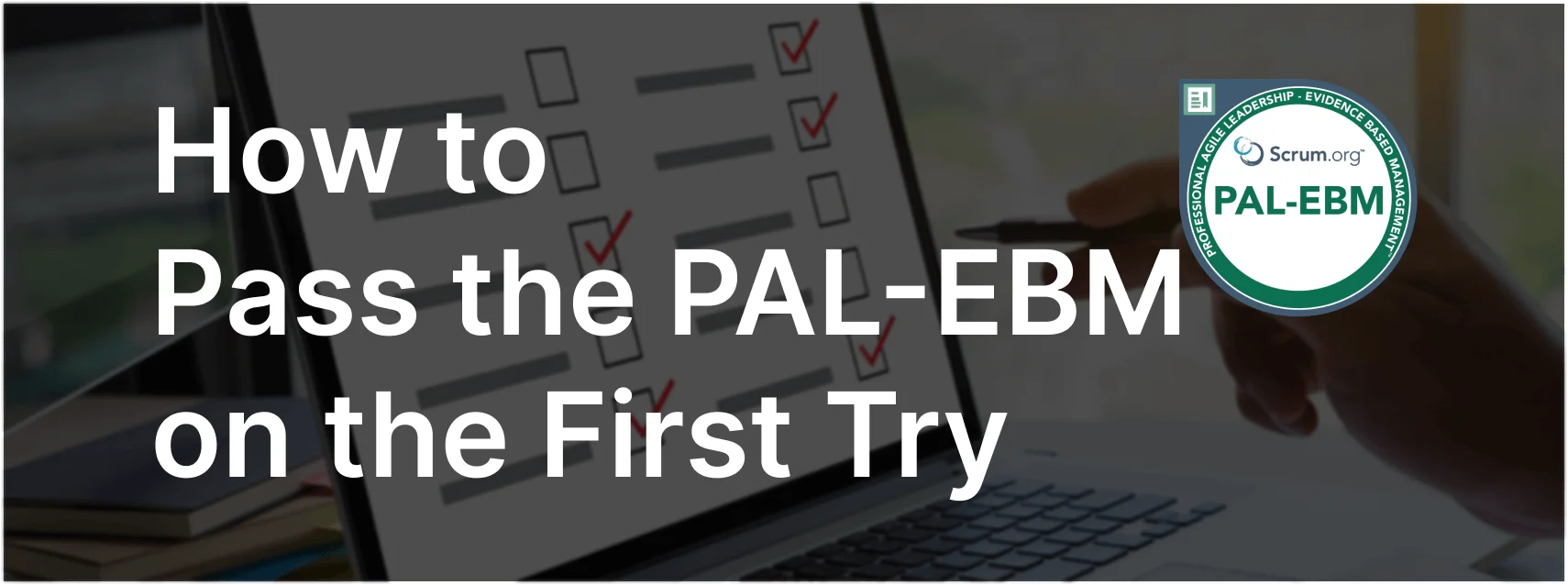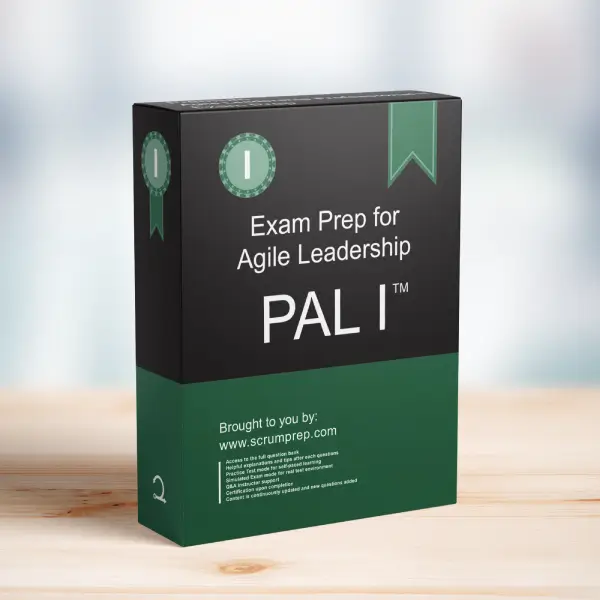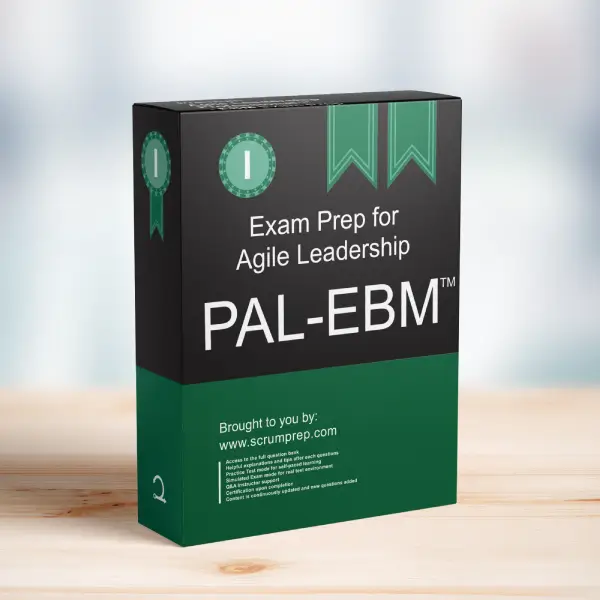Learning About New Opportunities
Identifying new opportunities is crucial for business growth, but it is equally important to validate these opportunities before making significant investments. This article discusses the most reliable way to learn more about a potential opportunity.
Exam Question
You believe you have identified a new opportunity but you have many questions you still need to answer before you are confident in significant investment. What is the most reliable way to learn more?
(choose the best answer)
A. Solicit the opinions of stakeholders about the opportunity’s potential value.
B. Run some small experiments to test and expand your understanding of the opportunity.
C. Hire an outside market research firm to assess the potential size of the opportunity.
D. All of the above.
Correct Answer
B. Run some small experiments to test and expand your understanding of the opportunity.
Explanation
Correct Answer
B. Run some small experiments to test and expand your understanding of the opportunity:
Running small experiments is the most reliable way to learn about a new opportunity. This empirical approach allows you to test assumptions, gather data, and validate hypotheses in a controlled and low-risk manner. By iteratively experimenting, you can gain a deeper understanding of the potential value and feasibility of the opportunity, making informed decisions based on real-world feedback and evidence.
Why the Other Options Are Less Reliable
A. Solicit the opinions of stakeholders about the opportunity’s potential value:
While stakeholder opinions can provide valuable insights, they are subjective and may not accurately reflect the true potential of the opportunity. Decisions based solely on opinions are riskier and less reliable than those based on empirical data.
C. Hire an outside market research firm to assess the potential size of the opportunity:
Market research can offer useful information, but it may not capture the nuances and specific conditions of your context. Additionally, it can be costly and time-consuming compared to running small, targeted experiments.
D. All of the above:
Although combining different methods can provide a broader perspective, running small experiments remains the most direct and reliable approach to validate assumptions and understand the potential of a new opportunity.
Benefits of Running Small Experiments
- Empirical Evidence: Gather real-world data to validate or reject hypotheses.
- Risk Mitigation: Reduce the risk of significant investment by testing on a smaller scale first.
- Iterative Learning: Continuously learn and adapt based on experimental results.
- Cost-Effective: Conducting small experiments is often less expensive than large-scale studies or market research.
EBM Framework Insights
- Current Value (CV): Experimenting helps ensure the product delivers actual value to customers.
- Unrealized Value (UV): Identifying potential opportunities through experiments can reveal future value.
- Ability to Innovate (A2I): Experimentation fosters a culture of innovation and adaptability.
- Time to Market (T2M): Small experiments can speed up the validation process, leading to quicker decision-making and faster time to market.
Relevance to the PAL-EBM Exam
Understanding the importance of running small experiments to validate new opportunities is crucial for the PAL-EBM exam. This knowledge demonstrates the ability to apply empirical principles to drive continuous improvement and informed decision-making.
Key Takeaways
- Running small experiments is the most reliable way to validate new opportunities.
- Empirical evidence from experiments reduces risk and informs better decisions.
- Experimentation supports continuous learning and innovation.
- EBM framework insights highlight the value of empirical approaches in improving business outcomes.
Conclusion
Running small experiments is essential for validating new opportunities and making informed decisions. This empirical approach allows organizations to gather reliable data, mitigate risks, and drive continuous improvement. For more information on preparing for the PAL-EBM exam, visit our Professional Agile Leadership PAL-EBM™ Exam Prep.





